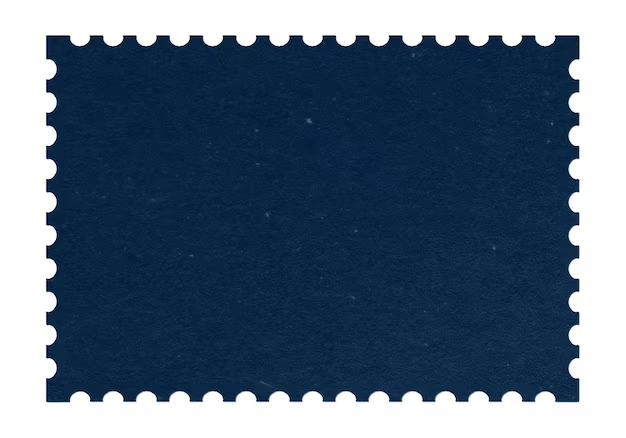Can You Buy Ice with Food Stamps? Exploring Your Options
Navigating the world of food assistance programs can sometimes feel like exploring a complex maze, especially when it comes to knowing what you can and cannot purchase. One particularly chilly question that often arises is: Can you buy ice with food stamps? Let's dive deep into this seemingly simple query to uncover the facts, additional considerations, and practical tips for those utilizing food assistance programs.
Understanding Food Stamps: A Quick Overview
Before addressing the ice dilemma, it's crucial to understand what food stamps, technically known as the Supplemental Nutrition Assistance Program (SNAP), are all about. SNAP operates under the United States Department of Agriculture (USDA) and aims to combat hunger and improve nutrition by providing low-income individuals and families with the means to purchase food.
What Can You Buy with SNAP Benefits?
SNAP benefits are designed to cover food items broadly defined. Eligible purchases include:
- Fruits and vegetables 🍏
- Meat, poultry, and fish 🍗
- Dairy products 🧀
- Bread and cereals 🍞
- Snack foods and non-alcoholic beverages 🥤
- Seeds and plants that produce food
However, SNAP benefits do not extend to:
- Alcoholic beverages 🍺
- Pet foods 🐶
- Household supplies
- Vitamins and medicines 💊
The Ice Question: Is It Covered?
Now, onto the icy question: Can you buy ice with food stamps? The short answer is yes, ice is generally considered an eligible food item under SNAP guidelines. Whether you need a bag of ice for your cooler during a summer picnic or for food preservation, ice can be purchased with SNAP benefits at authorized retailers.
Why Is Ice Covered?
You might wonder why ice qualifies as a food item. Here's the gist: ice can play a crucial role in food storage and safety. Whether transporting perishables or keeping items cool in a temporary power outage, ice is integral to maintaining the quality and safety of food, thereby aligning with SNAP’s mission of ensuring adequate nutrition.
Shopping Smart: Tips for Using SNAP Benefits Efficiently
Once you're eligible for SNAP and understand what you can purchase, maximizing these benefits becomes essential. Here are some practical tips and insights:
Plan Your Purchases
- Make a Shopping List: Prioritize essential items you need, including fresh produce and proteins, before hitting the store.
- Optimize Nutritional Value: Focus on acquiring nutrient-dense foods that contribute to a balanced diet.
- Consider Bulk Buying: For non-perishable items or regularly consumed foods, buying in bulk can stretch your benefits further 🔄.
Recognize Opportunity in Farmers' Markets
Farmers' markets across the country are increasingly SNAP-friendly. Shopping here not only supports local farmers but often gives you access to fresh, potentially less expensive produce. Plus, some markets have matching programs that multiply your purchasing power.
Join Programs and Workshops
Many local community centers and non-profits offer workshops on budgeting food expenses and maximizing nutrition within a SNAP budget. Participating can provide valuable tips and recipes 📝.
Common Misconceptions About SNAP and Ice
Misunderstandings about what SNAP can cover often result in missed opportunities. Let’s clear up some common myths:
Myth 1: SNAP Is Only for Non-Perishable Food
In truth, SNAP covers a wide variety of fresh and perishable items, including fruits, vegetables, meats, dairy, and even ice.
Myth 2: Ice Needs Special Permission
Purchasing ice with SNAP does not require special permission or documentation beyond what is typically needed to redeem SNAP benefits.
Myth 3: Ice Purchases Waste Benefits
While ice is not consumed like traditional food, it protects consumables and aids in proper food storage, directly supporting dietary safety and quality.
Related Subtopics That Expand Your Knowledge
Understanding the scope of SNAP in purchasing ice opens a broader insights pathway. Here are other aspects to ponder:
The Role of SNAP Retailers 🛒
Not all stores accept SNAP benefits, and authorized retailers span from large supermarkets to small local grocers. Each eligible establishment is equipped to handle transactions using an EBT card.
EBT Cards: The Modern Food Stamp
EBT cards function much like debit cards and are how most SNAP transactions occur. They offer convenience and discretion for users.
The Intersection of SNAP with Other Nutrition Programs
Programs like WIC (Women, Infants, and Children) share goals and can sometimes overlap with SNAP benefits. Understanding the nuances and intersections of these programs can provide a more robust safety net for food security.
Quick Tips for Using SNAP Wisely
Here’s a concise list to keep at hand for making the most of your SNAP benefits:
- 🛒 Seek SNAP-authorized retailers: Always verify that a store accepts SNAP.
- 📅 Plan meals ahead: This reduces impulse spending and waste.
- ❄️ Opt for frozen foods when fresh is unavailable: These tend to last longer and can save you money.
- 🤝 Explore additional community resources: Utilize local food banks or community meals, which may offer assistance outside of SNAP benefits.
Conclusion: Empowered Decisions with SNAP
Understanding that ice is indeed purchasable under SNAP opens the door to improved food safety and quality. With this knowledge, users can make empowered decisions that align with their nutritional needs while exploring additional resources to stretch benefits further. Navigating the SNAP landscape with confidence ensures that you not only meet financial criteria but also achieve dietary wellness. Making informed choices on eligible purchases paves the way for a healthier, more balanced lifestyle within the realities of food assistance programs.

Related Topics
- Am I Eligible For Food Stamps
- Are Food Stamps Being Cut
- Are Food Stamps Federal Or State
- Are Food Stamps Frozen
- Are Food Stamps Funded By Taxpayers
- Are Food Stamps Going Away
- Are Food Stamps Income Limits
- Are Food Stamps Paused
- Are Illegal Aliens Eligible For Food Stamps
- Are Illegal Immigrants Eligible For Food Stamps